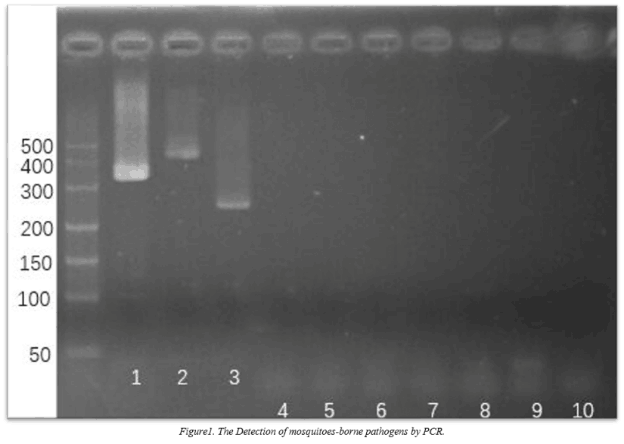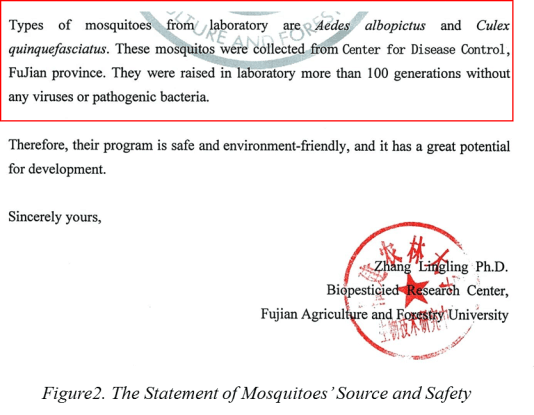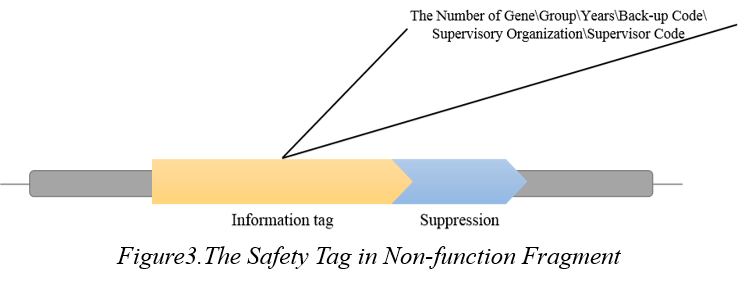Contents
Safety
1.General Lab Safety Rules
All team members follow the general lab safety rules and receive safety training before experiment. Our bench work follows the basic safety rules as following:
-
1.No food and drink in the lab.
2.Wear rubber gloves and lab coat in all experiments.
3.Bio-safety cabinet is required when using bacteria.
4.Using UV-light to sterilize the lab every week.
5.Turn off fire, electric heaters when leaving.
6.Liquid waste and bioorganic waste must be sterilized
2. Mosquitoes Feeding Safety Rules
To ensure safety, all mosquito parents were provided by Fuzhou Center for Disease Control. Before rearing, all mosquitoes were undergone serious pathogen detection especially Zika, Yellow fever virus and Dengue virus by immunology and PCR technology. Except for these basic detections, the first hundred generations of mosquitoes can not be used to detoxify completely. Meanwhile, before using the eggs to rare mosquitoes, the pathogen detection lab will use PCR technology to detect the potential pathogen in mosquitoes. We used the 117,118 and 119 generations of mosquitoes eggs. The Pathogen detection results are showed as Figure1.
Positive Control.Lane1 – Lane1; Lane1.DNA of Yellow fever virus strain Asibi 3‘untranslated region,partial cds; Lane2. Dengue virus polyprotein gene, partial cds; Lane3. Zika virus polyprotein gene, partial cds. Experiment Groups: Lane4-Lane10.Lane4.PCR product. The total genome is extracted from Ae. Albopictus. The primers are used to detecte Yellow fever virus; Lane5.PCR product. The total genome is extracted from Ae. Albopictus. The primers are used to detecte Dengue virus polyprotein;Lane6. PCR product. The total genome is extracted from Ae. Albopictus. The primers are used to detecte Zika virus polyprotein gene;Lane7.PCR product. The total genome is extracted from Culex quinquefasciatus. The primers are used to detecte Yellow fever virus; Lane8.PCR product. The total genome is extracted from Culex quinquefasciatus. The primers are used to detecte Dengue virus polyprotein; Lane9.PCR product. The total genome is extracted from Culex quinquefasciatus. The primers are used to detecte Zika virus polyprotein gene. Lane10.Negative Control, water.
Attention: All team members just can feed the larvae of mosquitoes. Please inform the administrator before emergence to ensure safe.
Our mosquitoes feeding experiment depends on the Key Laboratory of Biopesticide and Chemical Biology, which is one of the best mosquito research labs in China. To keep experimenters and public safety, experimenters should follow the additional safety rules as following:
1.Everyone should register before entering the feeding rooms.
2.Staff must practice protective measure before experiment.
2.The feeding rooms must be sterilized if any mosquitoes escaped. The room will not be accessible until the 15-days disinfection is over.
3.The feeding areas of Culex fatigans and Ae. Albopictus must be separated and closed to ensure safety.
4. The feeding areas of larvae and adults must be separated.
5. Seeking medical advice is required when stuff is bited.
Moreover, the non-pathogen statement is showed as figure2.You can visit the following link to read the whole statement:https://2016.igem.org/Team:FAFU-CHINA/Safety_Statement
3. Safety Rules of Chlamydomonas reinhardtii
Chlamydomonas reinhardtii is a type of model organism in the genetic engineering filed. It has been proved that Chlamydomonas reinhardtii is safe for research. Meanwhile, we used the CC503 and FA479 strains which have no toxicity to any organisms.
The ultimate goal of our project is to use Chlamydomonas reinhardtii which can produce mosquito-larvicidal proteins in the natural environment to control mosquitoes. Considering the potential possibility of alga bloom, we decided to use CC503 strain which is cell wall deficient. The cell wall deficient strain can not survive for a long time. Because of it, Chlamydomonas reinhardtii amostly can not become the dominant population in the natural environment.
What’s more, BNU-CHINA team helped us to build the growth model of Chlamydomonas reinhardtii in the natural model. Based on the experiment of growth under the different conditions, we can predict the amount of Chlamydomonas reinhardtii after releasing in the natural environment.
In the future, we plan to add non-functional gene fragment tag to expression vector. We synthesis a particular DNA sequence which has no homology sequence in Chlamydomonas reinhardtii. Meanwhile, we design the corresponding primer about this sequence. The department of environment or any biology department can make use of PCR to detect the leak of Chlamydomonas reinhardtii.
4.Safety Tag
The ultimate target of our project is to put our products in the natural environment to control the amount of mosquitoes’ larvae. But considering the potential problem, we must pay attention to the risk of gene dispersal. To solve this problem, we designed a practical system and protocol based on the PCR technology.
We inserted a short DNA which we called Safety Tag sequence into the non-functional fragment of vector. The sequence of Safety Tag is consisted of two parts. The first part is the Safety Tag sequence and the other on is a suppressive recombination sequence.
The Safety Tag records the brief information about products as following: The Number of Gene, Group, Years, Back-up Code, Supervisory Organization, Supervisor Code. To achieve the function of recording information, we convert this information from alphabetic characters to DNA code (ATCG) as appendix1.
The recombination suppression sequence is firstly founded in the sex chromosomes of Rumex acetosa L. This fragment can impede the recombination between chromosomes. This fragment can help us to decrease the potential possibility of recombination between Safety Tag and functional fragment. Due to the limit of time, we have no time to test if it will function in anther species.
Under the real environment, the department of biosafety just need to collect a bottle of water for testing sample. Meanwhile, we design a special pair of primers to detect the Safety Tag which owns no homology to the other DNA fragments. Generally, if we can prove this system worked, we can detect all kinds of genetically modified organisms in Plantae. Researchers also can know specific information which recorded in Safety Tag about genetically modified organism.
Appendix 1.






